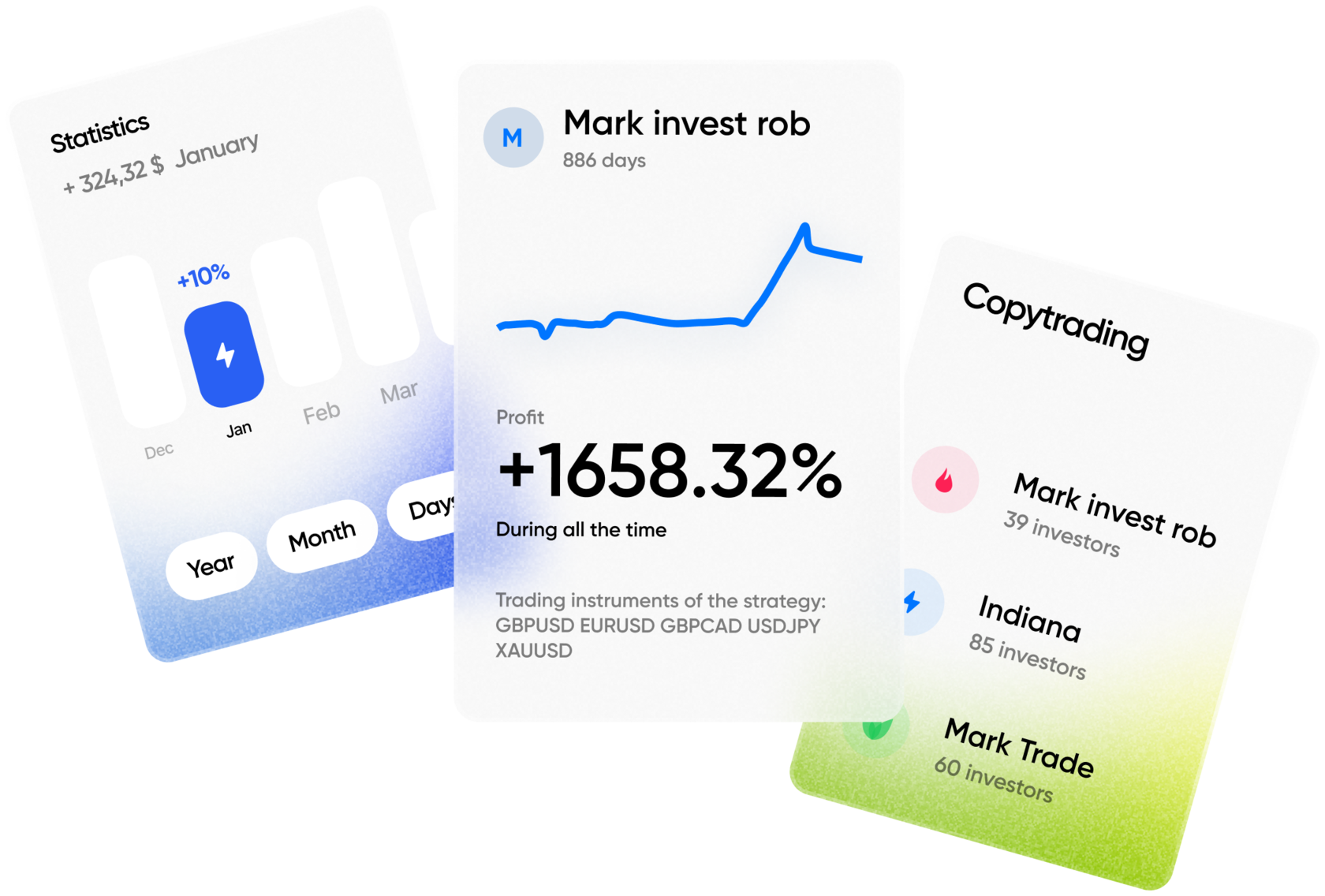According to a Reuters report published Monday, financial market volatility remains elevated despite a slight pullback from recent multi-year highs. The S&P 500 index closed last week with another decline, marking a cumulative drop of 14% from its all-time highs recorded in February 2025. This reflects growing investor caution and sustained market pressure amid shifting trade dynamics and macroeconomic uncertainties.
Though volatility has eased from its peak, it remains high by historical standards. The CBOE Volatility Index (VIX), commonly referred to as the “fear index,” surged to around 60 earlier this month following the announcement of new tariffs by U.S. President Donald Trump. Since then, the VIX has retreated to the 30 range. Nevertheless, this is still well above its long-term average of approximately 17.6, according to data from LSEG Datastream.
Investors continue to assess the implications of changing tariff regimes. The global trading environment is undergoing major adjustments due to recent policy decisions by the U.S. administration. While some of the harshest tariffs have been temporarily suspended for several nations, high tariffs remain in place for imports from China, the world’s second-largest economy.
Negotiations between the Trump administration and other countries are ongoing. However, there is no clear timeline for resolution, and business leaders are expressing concern about long-term planning under such uncertainty. Many multinational firms have begun adjusting their supply chains to account for the new trading conditions.
In addition to tariff-related pressures, the market is also contending with mixed economic indicators. While inflation data and labor market figures have shown signs of improvement in recent weeks, corporate earnings projections for the second quarter remain under pressure. Analysts are watching closely to see if the upcoming earnings season can help bring more stability to equity markets.
The S&P 500, which includes 500 of the largest publicly traded companies in the U.S., has been particularly sensitive to developments in international trade. Key sectors such as technology, industrials, and consumer goods have all experienced significant declines over the past month. Shares of major companies with exposure to global supply chains — including Apple, Caterpillar, and Nike — have seen volatile price movements.
The Nasdaq Composite and Dow Jones Industrial Average also posted weekly losses, though slightly smaller than that of the S&P 500. Market breadth remains narrow, with a limited number of stocks contributing to gains while a larger share declines.
Amid this turbulence, investors are hoping that the peak of the corporate earnings season may help stabilize market sentiment. Several major companies are scheduled to report results this week, including leading banks, tech firms, and manufacturers. Positive earnings surprises could provide a temporary lift to the broader market.
Meanwhile, bond markets continue to reflect investor demand for safer assets. The yield on 10-year U.S. Treasury notes remains below 4.2%, down from recent highs. Gold prices have also held near record levels, and defensive sectors such as healthcare and utilities have outperformed the broader market in recent sessions.
Global equity markets are likely to remain volatile as the trade landscape continues to evolve. Market participants will be closely monitoring upcoming announcements from the Federal Reserve and updates on international trade discussions. Until more clarity emerges, risk sentiment is expected to remain fragile.







